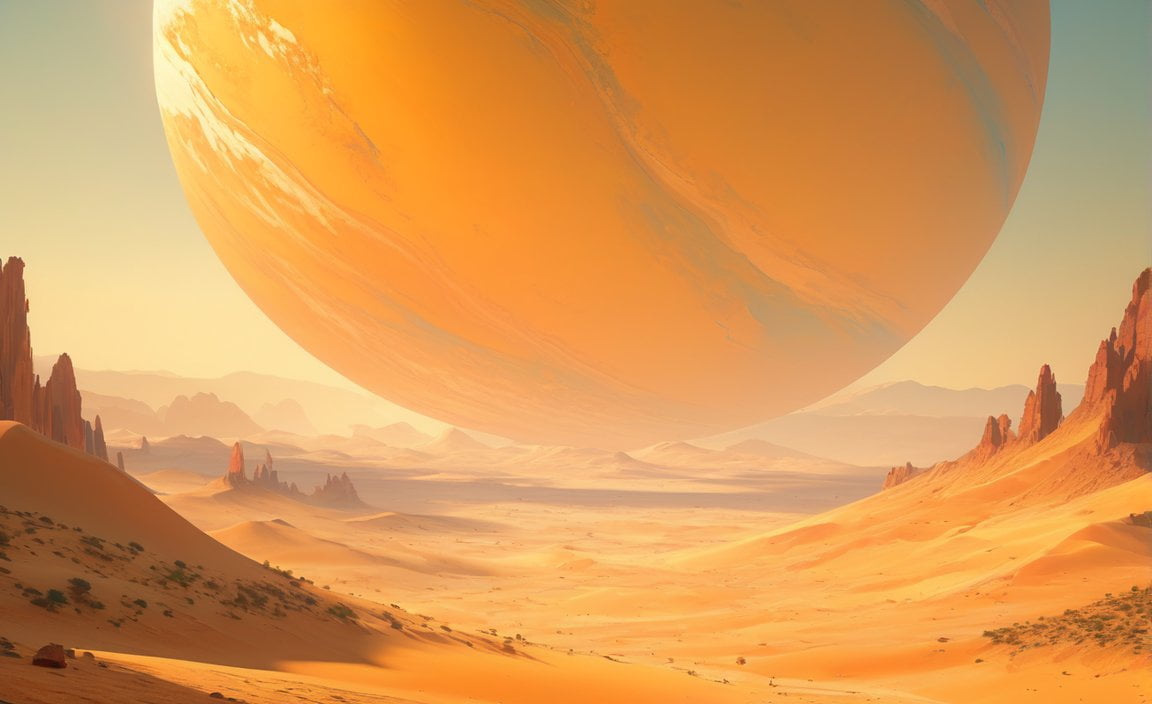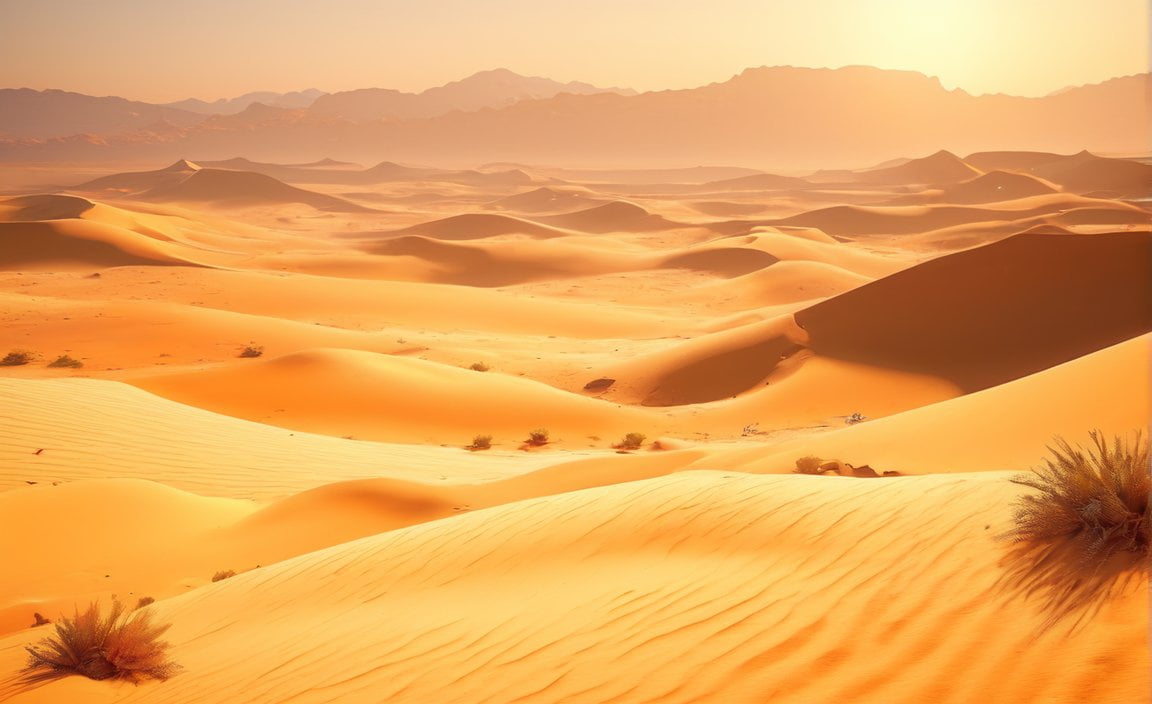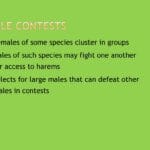Step into the enchanting realm of arid landscapes, where the earth is parched and the scorching sun reigns supreme. In this captivating article, titled “Dry like the Desert: Exploring the Entrancing World of Arid Landscapes,” we delve into the intriguing depths of desert regions. Unveiling the true meaning of “dry like the desert” and decoding its crossword clue, we embark on a journey that combines scientific knowledge with poetic prose, offering readers a captivating glimpse into the unforgiving yet mesmerizing world of arid terrains. Join us as we unravel the mysteries of drought-ridden landscapes and discover the intricate beauty that lies within.

Key Takeaways:
- “Dry as a desert” is a phrase used to describe something severely lacking in moisture or interest.
- Deserts are large, extremely dry areas of land with sparse vegetation.
- Deserts are one of Earth’s major types of ecosystems, supporting plants and animals adapted to the harsh environment.
- Trees are usually absent in deserts, and ground cover is provided by shrubs or herbaceous plants.
- Deserts can be hot or cold and are home to a variety of plants, animals, and other organisms.
- Some deserts, such as the Sahara, Sonoran, Chihuahuan, Patagonia, and Great Victoria, have reduced precipitation.
- Deserts are often described as inhospitable places to avoid.
- The phrase “dry (like the desert)” is a crossword clue found on various platforms.
- Additional sources for more information:
- “Dry As A Desert: Definition, Meaning And Origin” – usdictionary.com
- “Desert | Definition, Climate, Animals, Plants, & Types” – britannica.com
Dry like the desert
The phrase “dry like the desert” conjures images of barren landscapes, scorching heat, and a harsh environment devoid of moisture. Deserts, indeed, are vast expanses of land with little rainfall and sparse vegetation. They are unique ecosystems that have adapted to extreme aridity, showcasing the resilience of nature in the face of adversity.
Exploring the essence of extreme dryness
When we refer to something as “dry like the desert,” we are highlighting its severe lack of moisture or interest. Deserts, whether hot or cold, are known for their arid conditions, making them inhospitable to most forms of life. The absence of trees and the prevalence of only scattered shrubs or herbaceous plants paint a stark picture of desolation.
But while deserts may seem desolate at first glance, they are far from lifeless. These environments support a surprisingly diverse range of flora and fauna that have evolved unique adaptations to survive in such harsh conditions. From resilient cacti that store water in their fleshy stems to scorpions that can withstand blistering temperatures, the inhabitants of deserts have found ingenious ways to thrive.
Understanding the impact on ecosystems and human activities
The extreme dryness experienced in deserts has far-reaching consequences for both ecosystems and human societies. Due to the scarcity of water, desert ecosystems have evolved to be highly efficient in utilizing limited resources. Plants have developed adaptations like deep root systems and water-conserving structures to make the most of infrequent rainfall. Similarly, animals have evolved mechanisms to minimize water loss and endure prolonged periods without drinking.
However, the delicate balance of desert ecosystems is increasingly being disrupted by human activities. Rising temperatures and changing climate patterns exacerbate aridity, leading to desertification in certain regions. Overgrazing, improper irrigation practices, and unsustainable land use contribute to the degradation of these fragile ecosystems, threatening the survival of numerous species and exacerbating the challenges faced by desert-dwelling communities.
Examples of arid regions around the world
Deserts can be found in various parts of the world, each with its own unique characteristics and challenges. The Sahara desert in Africa, for instance, spans several countries and is the largest hot desert on Earth. Its vast stretches of golden sands and towering dunes captivate the imagination, while its extreme heat and minimal rainfall present formidable obstacles for life.
Moving to North America, we encounter the Sonoran and Chihuahuan deserts, spanning parts of the southwestern United States and northern Mexico. These deserts boast a rich biodiversity, featuring iconic plants such as the towering saguaro cactus and unique animals like the venomous Gila monster.
Patagonia, in South America, is another region with arid landscapes, where the expansive plains and sparsely vegetated steppes create an otherworldly atmosphere. Finally, we have the Great Victoria desert in Australia, characterized by vast sandy plains and stony deserts, providing an awe-inspiring backdrop for exploring the stark beauty of arid environments.
Delving into the causes and effects of extreme dryness
To truly comprehend the intricacies of extreme dryness, it is essential to explore the factors that contribute to such conditions. While geographical location and climate patterns play a significant role, the human-induced climate change is exacerbating the aridity in some regions. Rising global temperatures, coupled with unsustainable practices, intensify desertification processes and pose significant challenges for local communities and ecosystems alike.
The effects of extreme dryness can be devastating. Scarce water resources impact agriculture and food production, exacerbating food insecurity in many regions. Human health is also at risk, as the lack of water and extreme heat can lead to dehydration, heatstroke, and other heat-related illnesses. Additionally, the loss of biodiversity and habitat destruction in deserts have broader implications for the global ecosystem, threatening fragile ecosystems and diminishing the resilience of our planet.
The untamed allure of deserts
In conclusion, the phrase “dry like the desert” encompasses more than just a lack of moisture. It represents the extraordinary resilience of life in the face of adversity and the delicate balance of arid ecosystems. While deserts may seem inhospitable and unwelcoming at first glance, they hold a captivating allure that has fascinated poets, scientists, and explorers for centuries.
By delving into the essence of extreme dryness, we can develop a better understanding of the ecological impact and socio-economic consequences of arid regions. Through the lens of scientific facts, blended with the evocative power of prose, we can offer readers a glimpse into the entrancing world of deserts – a world that is both unforgiving and captivating in its own unique way.
Dry like the desert, but if you want to challenge your tongue with a tricky twister, check out the Sally tongue twister here: Sally tongue twister.
For those seeking inspiration from legendary athletes, take a closer look at Jim, the ultimate athlete legend, by clicking here: Athlete legend Jim.
If you’re a tennis enthusiast looking for an intense game with no breaks, dive into the world of “Like a set without a break in tennis” – Click here to experience the excitement.
dry like the desert crossword clue
Key Takeaways:
– The crossword clue “Dry, like a desert” is answered by the word “ARID.”
– The term “ARID” describes extreme dryness and is often associated with deserts.
– Other related crossword clues include “Very dry, like some shrublands” and “Very dry, as Champagne.”
– The opposite of “ARID” is the antonym “HUMID.”
– Synonyms for “ARID” include “DRY,” “DESICCATED,” and “BARREN.”
– An example of “ARID” is a desert with no precipitation.
In the world of crossword puzzles, sometimes we come across clues that leave us scratching our heads. One such clue is “Dry, like a desert.” The answer to this conundrum is “ARID.” But what does it really mean for an area to be as dry as a desert? Let’s dive in and explore the world of extreme dryness.
When we think of deserts, we often picture vast stretches of barren land devoid of moisture. The term “ARID” perfectly encapsulates this concept. It describes a condition of extreme dryness, where the amount of precipitation is significantly limited, if not nonexistent. Deserts, with their scorching temperatures and scarce rainfall, exemplify the arid environment.
But what are some other words that are synonymous with “ARID”? Think “DRY,” “DESICCATED,” and “BARREN.” These terms paint a vivid picture of the stark and unforgiving nature of aridity.
Now, let’s delve deeper into the world of crossword clues. Some related puzzle hints include “Very dry, like some shrublands” and “Very dry, as Champagne.” These clues further emphasize the idea of aridity and highlight its presence in various contexts beyond just deserts.
In the realm of opposites, we have the antonym of “ARID”: “HUMID.” While aridity signifies extreme dryness, humidity represents excessive moisture in the air. These contrasting conditions play a crucial role in shaping different ecosystems and influencing the daily lives of organisms, including humans.
To further consolidate our understanding, let’s take a closer look at an example of “ARID.” Imagine a desert with no rainfall for an extended period. The lack of precipitation, combined with high temperatures, results in a dry, harsh landscape where only the most adaptable plants and animals can survive. This extreme dryness poses unique challenges for living organisms and shapes the intricate web of life in these regions.
So there you have it – an exploration of the crossword clue “Dry, like a desert.” We’ve uncovered the answer, “ARID,” and expanded our knowledge of extreme dryness. Deserts may be dry like the crossword clue suggests, but they are far from lifeless. Through the power of words and the art of crossword puzzles, we can unlock the mysteries of our world and appreciate the fascinating intricacies of nature.
Sources:
– Crosswordeg.com: Dry, like a desert Crossword Clue
– Tryhardguides.com: Dry like the desert Crossword Clue – Try Hard Guides

FAQ
Q1: What does the phrase “dry like the desert” mean?
A1: The phrase “dry like the desert” is used to describe something that is severely lacking in moisture or interest, much like the arid landscapes of a desert.
Q2: What is a desert?
A2: A desert is a large, extremely dry area of land with sparse vegetation. It is one of Earth’s major types of ecosystems and supports plants and animals that are adapted to the harsh environment.
Q3: How are deserts described in terms of vegetation?
A3: In deserts, trees are usually absent and shrubs or herbaceous plants provide only incomplete ground cover. The lack of precipitation limits plant growth and leads to a barren appearance.
Q4: Are there different types of deserts?
A4: Yes, there are different types of deserts. Some deserts, like the Sahara, Sonoran, Chihuahuan, Patagonia, and Great Victoria, have reduced precipitation. Additionally, deserts can be hot or cold, each with its own unique characteristics.
Q5: What are some synonyms for “arid,” the answer to the crossword clue “dry, like a desert”?
A5: Some synonyms for “arid” include “dry,” “desiccated,” and “barren.” These terms all describe a lack of moisture or humidity, similar to the conditions found in a desert.
- Senior at What Age: Benefits & Eligibility Guide - March 29, 2025
- Unlocking Senior Benefits: How Old is a Senior? Your Complete Guide - March 29, 2025
- Master Russian Politeness:A Guide to Saying Please - March 29, 2025
















